‘The Mire’ is a Polish slow-burn thriller mystery series set in the 1980s. The story follows two dogged journalists in a seemingly tranquil small town that is shaken when 2 people are brutally murdered in the surrounding forest. As the reporters try to piece together the story, a conspiracy much bigger than the murders begins to emerge, going back many years.
Featuring morally gray characters that seem to host ulterior motives, the show’s story eventually becomes a web of cause and effect in which no one seems innocent. The specter of the horrors of World War 2 also looms ominously in the background, adding to the show’s deliberate bleakness. This series is not one to serve up answers and neatly tied happy endings; it’s far from it. And that’s where we come in! Here’s ‘The Mire’ season 1 ending, explained. SPOILERS AHEAD.
The Mire Season 1 Recap
‘The Mire’ opens with a woman from the town discovering 2 dead bodies in the forest. One belongs to a prostitute named Lidia, and the other to a well-known local benefactor and Chairman of the Socialist Youth Board — a Mr. Grochowiak. Piotr and Witold, both reporters with a local newspaper called The Courier, are put on the story and go to the scene of the crime. There, they are informed by the town’s prosecutor that the murdered woman’s boyfriend Wozniak has confessed to the murder and been taken to a mental asylum.

However, Piotr, who is younger and somewhat wants to prove his journalistic competence, isn’t satisfied and begins to dig deeper into the murder. His partner Witold, who is on the verge of moving away in search of a mysterious woman, is soon sidetracked when he finds out about the death of another pair, this time two students named Justyna and Karol from the local high school. Knowing the parents of the dead girl, he goes to their home but is rudely turned away by her bitter father, Kazik.
Then, whilst investigating the death of the girl, which seems to be a suicide, Witold finds out that the murdered chairman had a history of sexually abusing schoolgirls in exchange for money. Justyna’s brief affair with the moody, artistic Karol is then revealed, going on to show how she became a victim of the chairman and was subsequently bullied and assaulted by her ruthless classmates. Justyna and Karol are both last seen heartbroken, staring at each other.

Witold then confronts the grieving father Kazik, thinking he murdered the chairman as revenge for what he did to his daughter. Kazik admits that he would have liked to have killed the chairman but was too late as he was already dead by the time Kazik found him in the forest. Meanwhile, Witold’s partner Piotr tracks down where the murdered prostitute Lidia lived and finds that her landlord is a sinister-looking butcher who fits all the markings of the murderer.
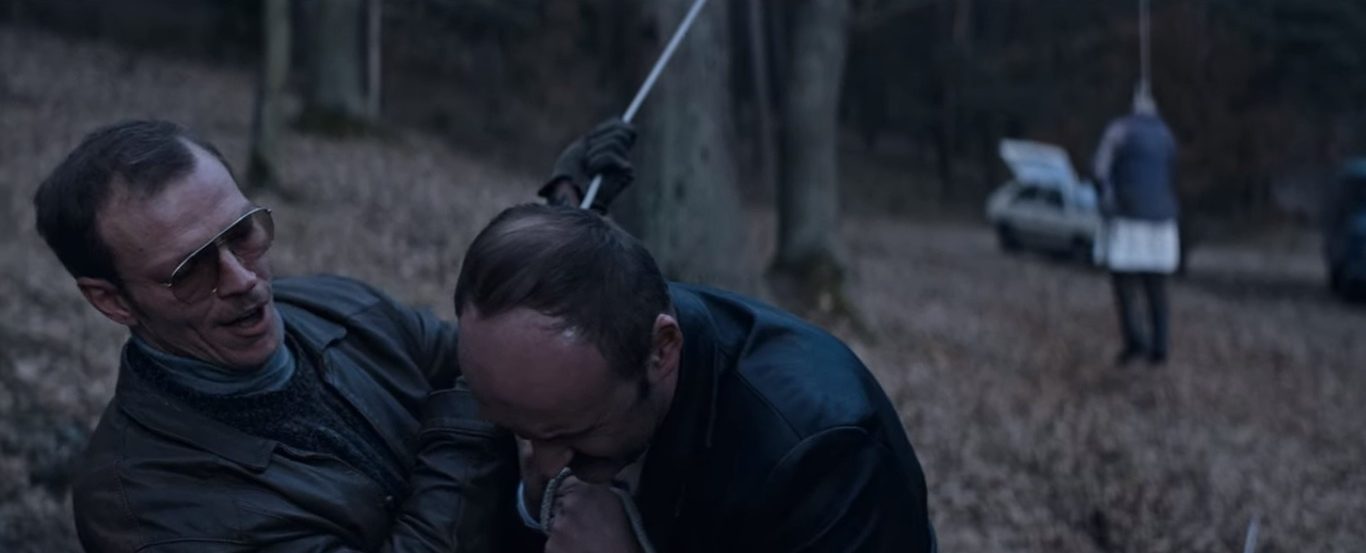
He eventually hides in the butcher’s van, hoping to get some answers, but is shocked when the latter is apprehended by the sadistic police investigator Kulik. As a horrified Piotr watches from his hiding spot, Kulik and his partner hang the butcher and then take his prints on a knife that they plan to use as evidence. When Kulik later arrives at the butcher’s house, pretending to not know about his whereabouts, Piotr confronts him in front of the other police officers.
The Mire Ending: Who is Else Koepke?
Kulik panics and begins firing, instantly killing the Sergeant and wounding Witold. He is, however, shot by one of the policemen, and Piotr escapes. Completely shaken by the experience, Piotr and his pregnant wife Teresa decide to move to a new town. However, with Kulik’s motives still unclear, he goes to meet the late chairman’s wife Helena again and discovers one of the butcher’s knives that Kulik had confiscated in her house. Helena justifies herself by saying that Kulik helped set her free from a violent and unfaithful husband. Just then, the powerful government prosecutor, who also seems to be in on the conspiracy, arrives and asks Piotr to leave.
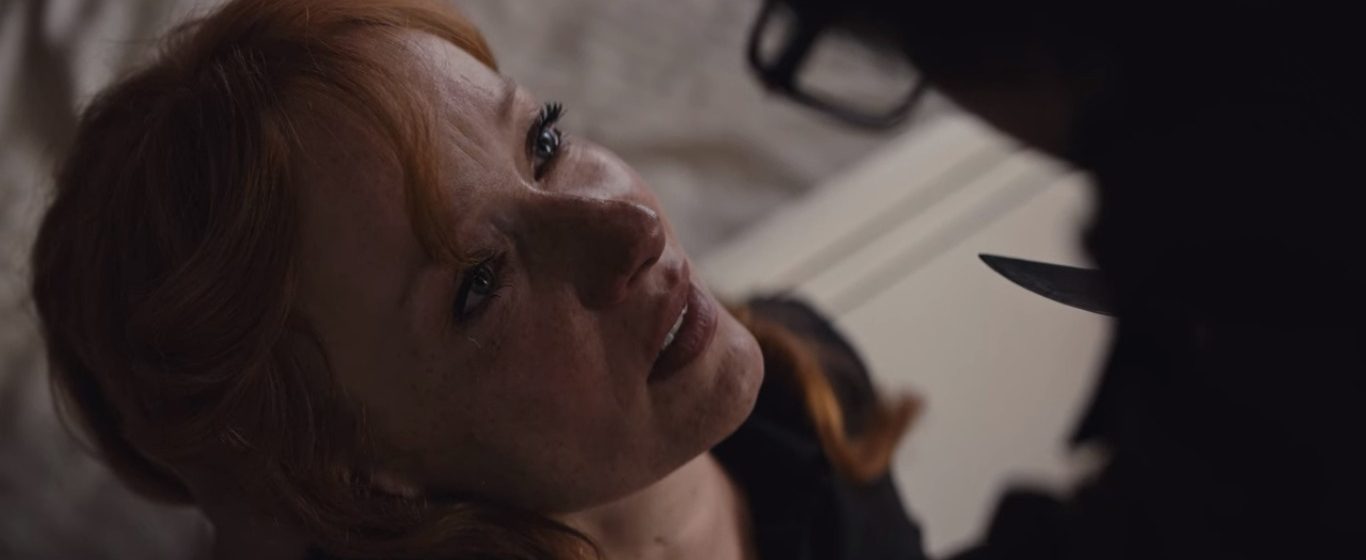
Piotr then goes to the forest where the dead bodies were found, while Witold tears out a painting made by a German painter named Else Koepke, who he seems obsessed with. In the closing scenes of ‘The Mire’ season 1, we see Piotr staring at a spot in the forest that seems particularly ominous and has some ruined structures. At the same time, Witold sits down on a chair and begins to stare at the painting in front of him. Obstructed by the protagonists, we are unable to see what they are staring at as the credits begin to roll in.
We are left with many questions at the end of the season, not the least of which is the identity of the mysterious German painter Else Koepke that Witold seems obsessed with. In his brief explanation and through the little crumbs of information we get about her, we can piece together that Else was a German girl who Witold fell in love with in his younger days during the closing months of World War 2. He recalls how he arrived in the town near the end of summer and fell in love with Else. However, in the aftermath of the war, most of the German residents of the town were taken to a makeshift camp during the winter and left there to die from malnutrition, disease, and even violence by the Russians.
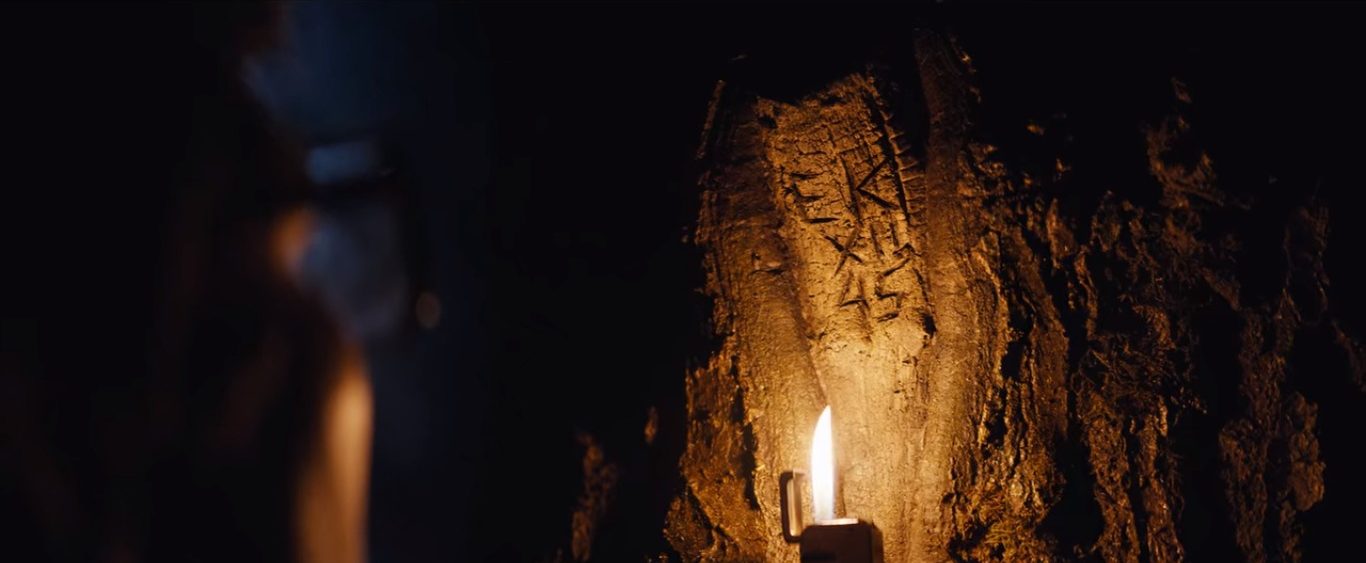
Else was one of the prisoners taken, and Witold eventually lost track of her. Once the winter was coming to an end, the surviving prisoners were taken west to Germany. It is here, in Berlin, that Witold thinks Else is, which is why he is planning to move there. He was finally able to track her down when he saw a painting of a forest that looked like the ominous forest where she was held prisoner. Knowing that it is painted by her, Witold plans on tracking down the artist so he can be reunited with Else.
It’s interesting to note that there is possibly further proof of Else being in the forest in the mysterious carvings on the trees that Piotr notices. Each carving features a name or initials, followed by the Roman numeral 12 (XII) followed by the number 45, which likely stands for the year since World War 2 ended in 1945. Therefore, the carving “EK XII 45” that we briefly see on one of the trees was most likely carved by the as yet faceless Else Koepke.
What is Going on in Gronty Forest?
The sinister forest of the Gronty area, where the town is also located, seems to hold a lot of secrets. Throughout the story, multiple characters point to its ominous nature, saying that a mysterious glow can be seen there and that the forest itself is known to make people drift apart. It also seems like the distasteful mysteries plaguing the small town all stem from the forest. The dead bodies of the chairman and the prostitute are found there, as are Karol’s love poems which then set Witold off on a hunt to solve his death, along with the death of the subject of those poems — Justyna.
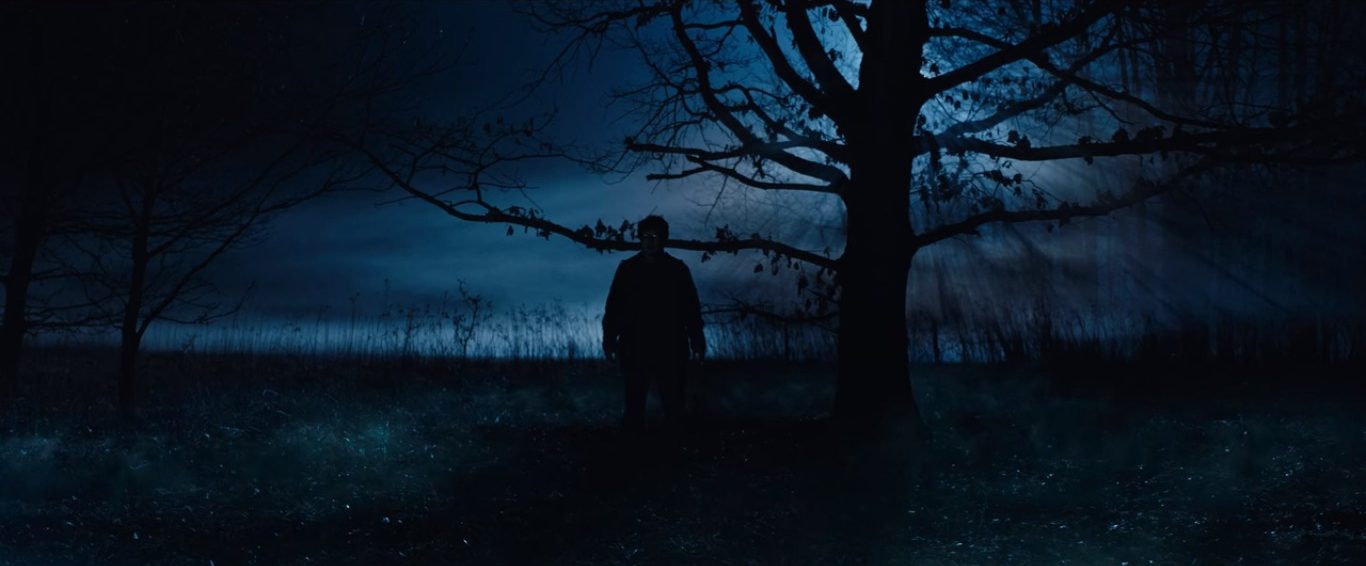
We also briefly see some mysterious light and mist in the forest when Piotr is stranded there, giving rise to speculation that the forest is haunted. Near the end, we find out the horrifying nature of the forest as it was the site of a past concentration camp, with all its dead subsequently buried there. Possibly the most chilling aspect of the show is the fact that it is set in a town adjacent to a mass grave. A few characters are jokingly heard saying that no one is a local in the town, not even its long-term residents. This finally makes sense at the end, when we find out that all the original locals of the town were, in fact, slaughtered or killed by harsh conditions in the concentration camp and then buried in the forest.
Who Killed Chairman Grochowiak and the Prostitute?
After going through several suspects for the brutal murder of the chairman and the prostitute, we finally find that it is the crooked police investigator Kulik who killed them. Though we don’t see the murder, the fact that Kulik is in possession of the actual murder weapon (a bayonet knife), which he then puts the butcher’s fingerprints on, confirms that the policeman is guilty. This is further proved when Piotr confronts Helena, and she tells him that she didn’t expect Kulik to kill the prostitute as she only wanted him to kill the chairman so she could be free of her abusive husband.
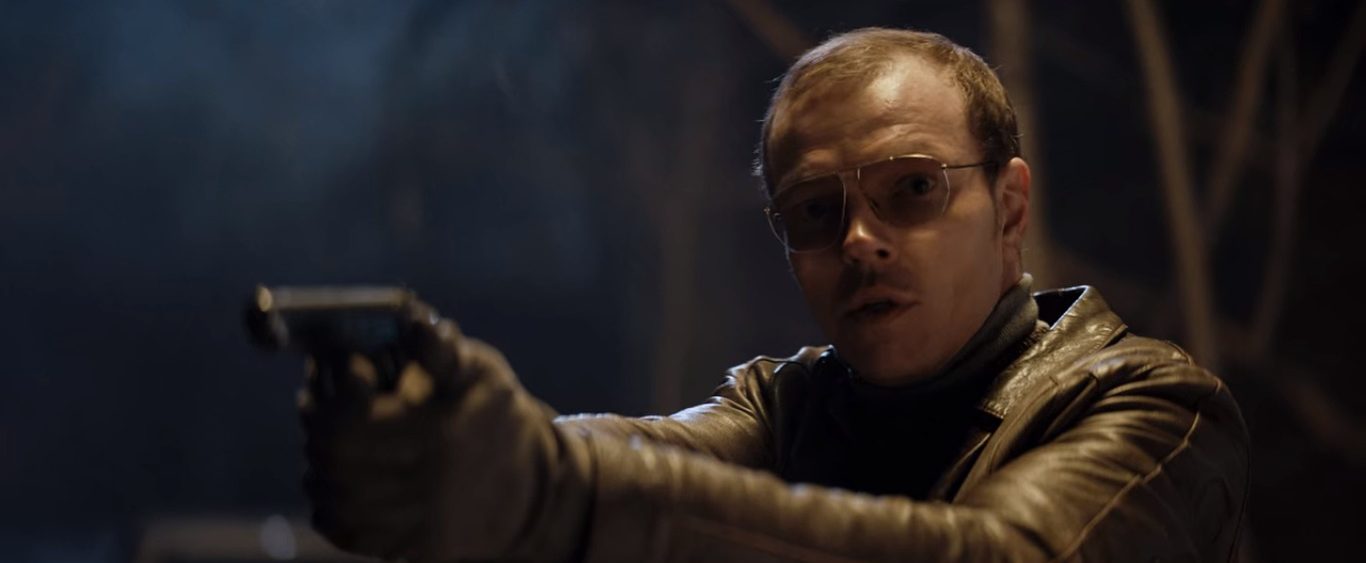
Interestingly, Helena also says that she doesn’t love Kulik, which makes the latter’s motive slightly mysterious. To kill such a well-known member of the community only to help someone get out of her marriage seems excessive. Though not specified, it is quite likely that Kulik had other motives to kill the chairman and was possibly ordered to do it by the town prosecutor, who seems to know all about it. Since all the senior officials of the town, including the late Sergeant, the prosecutor, and even the managing editor of the newspaper Witold and Piotr work for seem to be keeping some deeply hidden secrets about the town’s history, it is possible that the chairman knew about it too and risked making the secret known, causing him to be killed by Kulik.
Read More: Where is The Mire Filmed?

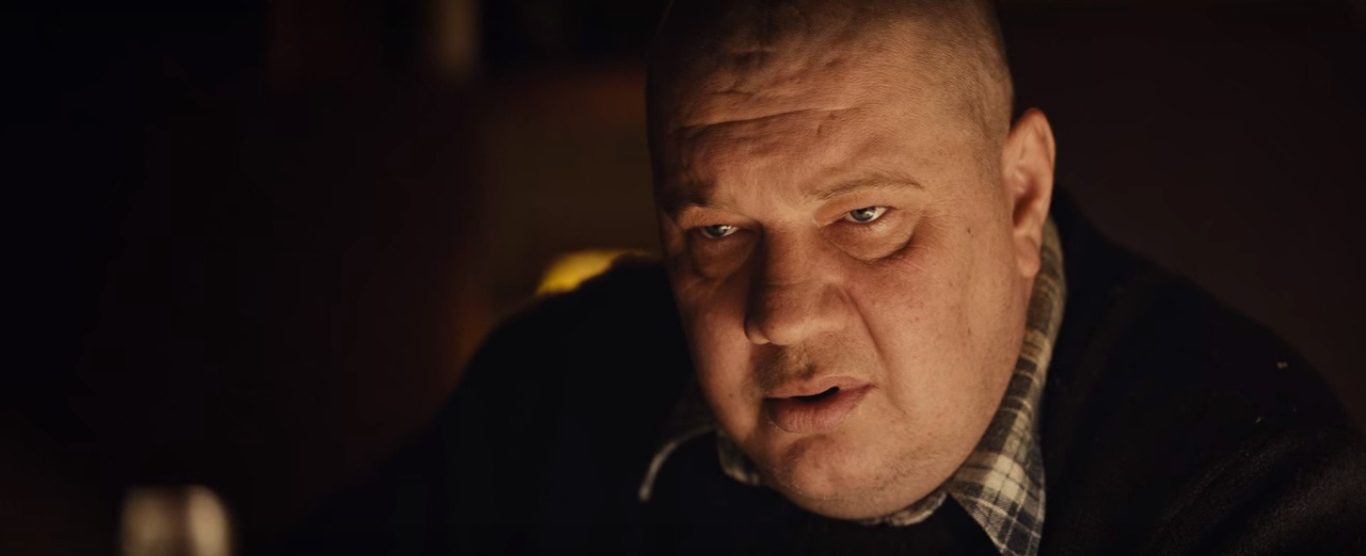
You must be logged in to post a comment.